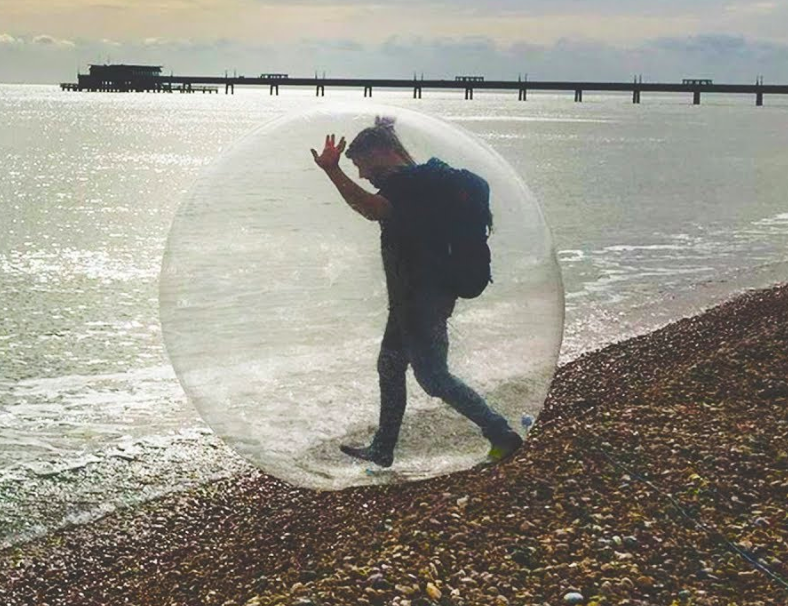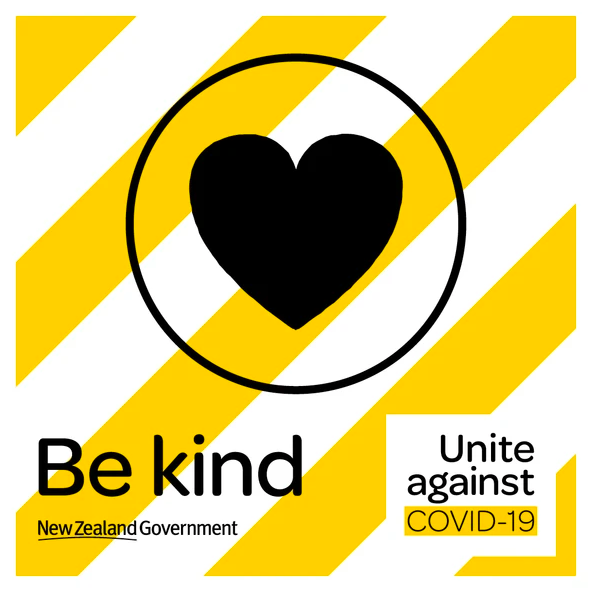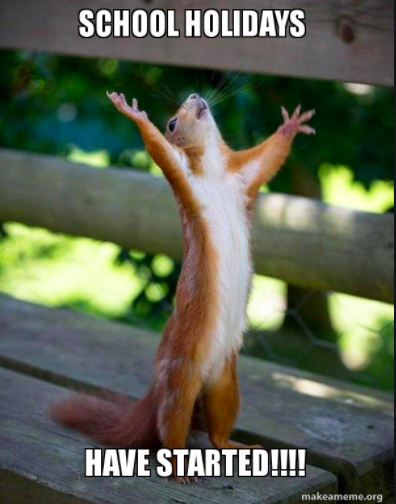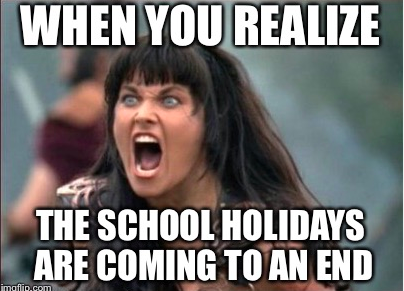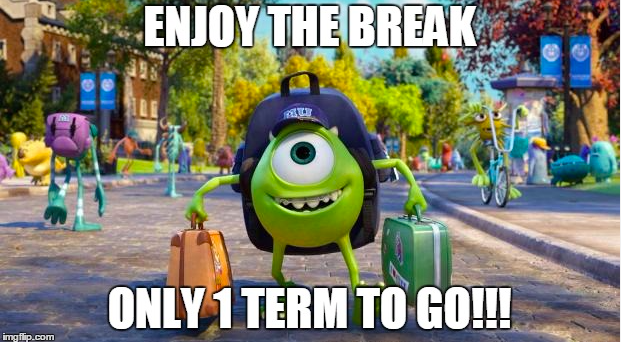10M2 English
Section outline
-

Kia ora, and welcome to your English course page for 2020. My name is Miss Wright and I will be your English teacher this year. This page is where you will be able to find all the necessary information you will require for your English course. All tasks and assessments will be placed here as well as additional lesson notes and resources. Please make it a habit to check this page at the start of each week, this will ensure that you are aware of any expectations we may have of you at that time.
Mountains staff really hope that your time here at MHJC will be full of fun and challenging activities that will see you grow as a learner. Enjoy this year and if there are any queries do come and see me or feel free to email me - swright@mhjc.school.nzOur context this term is Taonga. What dos this mean to you? What is important to you as an individual, a member of a family, community and culture? While the things we treasure (physical, emotional and spiritual) may appear different, what do they have in common? Can we create categories for our Taonga?
We will be watching a movie called The Lorax ( a Dr Suess story about the importance of the environment and what a taonga it is) We will study techniques used in this visual text and unpack both visual and verbal features.
Learning Intentions: We are learning to (WALT)...
- We are learning to understand how extended visual and verbal techniques are applied to this visual text
- We are learning to understand ideas within this text that are supported by these visual and verbal techniques
- We are learning to understand how extended visual effects are combined with standard effects to produce a greater impact.
Achievement Objectives:
- Interpret how different texts are used to create a main idea or message
- Integrate sources of information, processes and strategies to confidently identify, form and express increasingly sophisticated ideas
Success Criteria: I can/have...
Success Criteria:
Identify the visual features used in this movie
Identify the unique verbal techniques used (sound track)
Identify the scenes were you would find the above extend effects
Describe the effect these effects have on the viewer
Describe the effect and the scene and the impact it has on the viewer
Explain how these visual effects support the main message in the text through:
Identifying a set of skills ...and how this is developed ....
Identify the main idea ...
Evaluate the impact/influence these visual effects have on generating and sustaining the main idea in the text.
Activities:
1. Complete the work sheet on camera angles and screen shots to create a personal glossary of visual language terms. Hyperlink to a contents page to make this easier for you to access.
Homework:
Think about what you and your family treasure, is it a moment, a place, a person or an item? What makes this special? How does your family share how they value or treasure something?We will be working towards our assessment which will be conduct a video interview with a member of your family to discuss/describe/share something that is treasured by you using the visual and verbal techniques acquired through this study
-
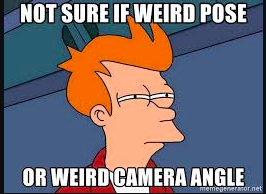
Kia ora, welcome to week two. (The first full week of the term). We are going to continue our work with camera angles and shots and also look at the use of audio/sound in visual texts. The glossaries you are compiling will help you we we have a focussed viewing of the movie, and start to analyse the techniques the director has used to strengthen the messages and impact of the movie. I have also booked us in to the library on Wednesday so we can select books for reading for pleasure. It is important you continue reading for pleasure as it will make you a better reader, and writer! We will be going to the library as a class once a fortnight so get your thinking hats on about the genre and type of books you like to read so that I can help you select a book if you don't already have one in mind.
Success Criteria: I can/have...
- Identify camera angles and shots and explain when and why these shots and angles are used, and the effect they have on the audience
- select a novel to read for pleasure
Activities:
- Continue with camera shots and angles glossary (hyperlink to a contents page)
- Create a personal folder in the folder share with you and upload your glossary to it
- Work with a buddy to create your own images that show the use of camera angles and shots and add to your glossary (using your devices/phone)
- Select a novel for personal reading (Wednesday)
Homework:
After talking to your family about an item/practice/memory that they treasure, research the background to this treasure using a 5w and an H template. -
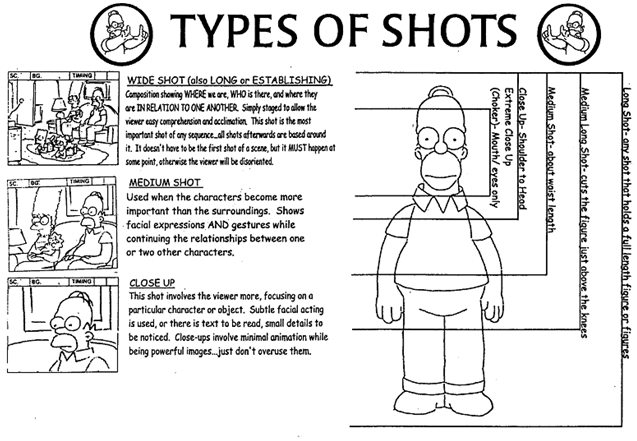
Kia ora, I hope you all had a good weekend. Last week, you completed your digital glossaries on camera shots and angles and took your own images to demonstrate your understanding. This week, we are going to put this into action by creating short clips that demonstrate how use of these shots correctly affects the viewer. My suggestion is that, to get over the self-consciousness of being filmed, we use soft toys or action figures as the actors in our clips. Rather than having to write a script, let's use short stories or nursery rhymes we already know. We will need to start by planning our shots, actors and environment, then move on to filming and then editing the shots. To plan, we will need to storyboard our text.
Success Criteria: I can/have...
- Storyboard a short video clip
- Use a range of camera angles and shots for effect
- edit and present my clip using a range of digital tools
Activities:
- Join a group of 3
- Decide on a story/nursery rhyme
- Story board with camera shots and angles (a story board template will be provided in your Google classroom)
- Film shots
- Edit using online platform or editing software on your device
- Present to another group and get feedback
- Individually write a reflection of the process (and the feedback you received)
Collect actors(toys) props and backgrounds you will need to create your video clip
-
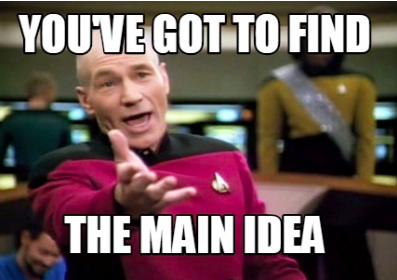
He Taonga rongonui te aroha ki te tangata
Goodwill towards others is a precious treasure
Kia ora, we have a really short week this week as we are going to the library on Wednesday, and Friday is a Teacher Only Day/SLC, so we will have to work really hard to cover our content on Tuesday! I enjoyed seeing you all with your story boards, props and 'actors' last week and am looking forward to you movie clips. This week, we are going to start viewing the movie as a whole, before we break it down to concentrate on main idea, character development, theme etc.
Success Criteria: I can/have...
Success Criteria:
ONE:
Identify the visual features used in this movie
Identify the unique verbal techniques used (sound track)
Identify the scenes were you would find the above extend effects
MANY:
Describe the effect these effects have on the viewer
Describe the effect and the scene and the impact it has on the viewer
RELATE:
Explain how these visual effects support the main message in the text through:
Identifying a set of skills ...and how this is developed ....
Identify the main idea ...
EXTEND:
Evaluate the impact/influence these visual effects have on generating and sustaining the main idea in the text.
Activities:
1. Complete the video demonstrating your understanding of camera angles and shots
2. Watch the movie at least once - identify both Verbal and Visual features ....verbal is sounds you can hear and visual is what you can see .
Homework:
Edit and complete videos and upload to your shared folder on Google Drive -
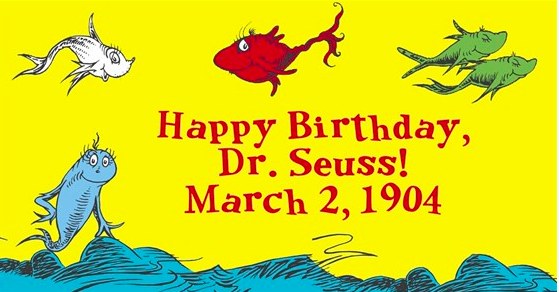
Mauria te pono
Believe in yourself
Kia ora. I really enjoyed our trip to Wero last week. It was awesome to see you all enjoying yourself and learning new things. I especially liked when you were surfing the rapids and got drenched! Watching you jump out of the rafts, and swim the rapids was pretty neat too! This week we are going to finish watching The Lorax and start to think about the main ideas, characters and theme and look at how the choice of camera angles, camera movements and sound techniques give additional information about these areas.
Success Criteria: I can/have...
Success Criteria:
ONE:
Identify the visual features used in this movie
Identify the unique verbal techniques used (sound track)
Identify the scenes were you would find the above extend effects
MANY:
Describe the effect these effects have on the viewer
Describe the effect and the scene and the impact it has on the viewer
RELATE:
Explain how these visual effects support the main message in the text through:
Identifying a set of skills ...and how this is developed ....
Identify the main idea ...
EXTEND:
Evaluate the impact/influence these visual effects have on generating and sustaining the main idea in the text.
Activities:
- Complete viewing of The Lorax
- Theme vs Main Idea - what's the difference
- Identify main characters
- Focussed view of film to identity visual and verbal techniques
EXPLORE / TŪHURA learning intentions:
- We are EXPLORING...
- We are EXPLORING...
- We are EXPLORING...
-
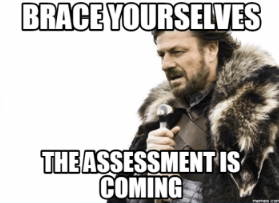
Ko te mutunga oranga, he timatatanga kaha!
Winning starts with beginning!
Kia ora. I am so looking forward to seeing all the completed nursery rhyme films. The snippets I have seen so far show you all have a good understanding of camera angles and shots (and a really good sense of comedic timing!) . I have my fingers crossed you will NOT take this over into Fridays PE activity. No one is to be Humpty Dumpty on my watch! This week, we are going to be unpacking and starting your Assessment task - we will need to review storyboards and spend a bit of time looking at the way sound is used in visual text (both diegetic and non-diegetic sound)
Success Criteria: I can/have...
- Use a range of camera angles for effect
- use a range of camera shots for effect
- use camera movements for effect
- Use sound in the telling of a visual story
Activities:
- Complete nursery rhyme filming task
- Unpack assessment task
- Storyboard interview
Homework:
Nursery rhyme task
Interview!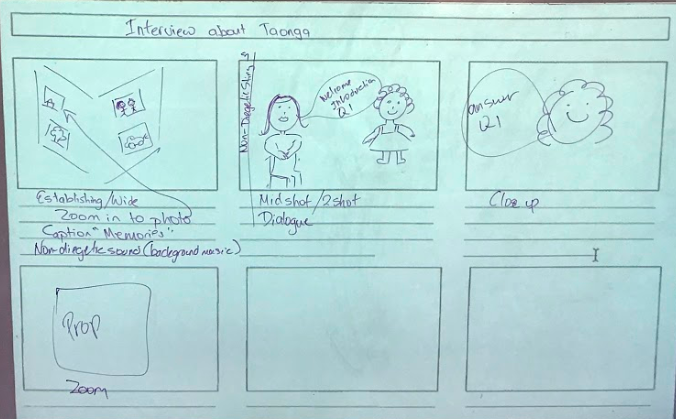
-
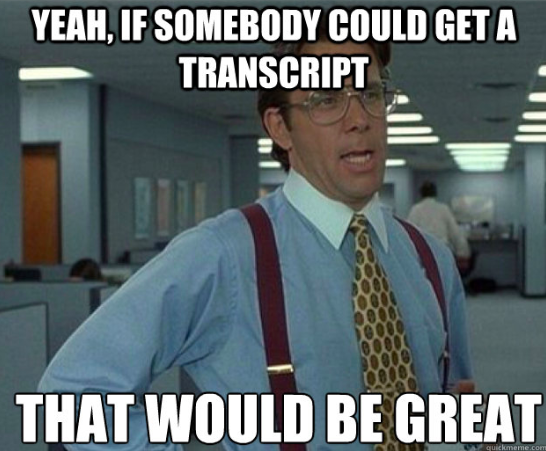
Whiria te tangata.
Weave the people together.
Kia ora. Welcome back from rock climbing. I have heard great things about your day, and look forward to hearing more. This week, we are going to continue working on our assessment task. This is a shared assessment between English and Global, so hopefully you have planned out your time wisely as you need to complete tasks it a certain order to meet your deadlines. By now you should have completed your interview and be working on your transcript. A transcript is an accurate recording of what was said in the interview. You need to work off your interview recording, not your initial question document or story board you so you share exactly what was said (including ummm and ahhhh and pardons! If you undertook your interview in a language that is not English (alas, the only language I know) please provide a translation for me - your transcript in English is what I need. You will be submitting this transcript in both English and Global Studies. You will also submit your storyboard and written commentary in English- this is where you explain the visual language(film) techniques yo have used in your storyboard/interview and why you have used them. I should see deliberate selection of visual techniques for effect. You do not need to use an essay structure with Introduction and conclusion, but your paragraphs should be well crafted and show TEXAS. Surface features are important too! Phew! A lot to do here so I really do hope you have made a start. Our due date is Monday 23rd March.
Success Criteria: I can/have...
- Completed my storyboard with a range of visual language (film) techniques
- Explained why the visual language (film) techniques were used aand what the effect of these techniques are
Activities:
- Storyboard completed
- Visual language(film) techniques paragraphs
- Transcript completed
Homework:
Assessment task 1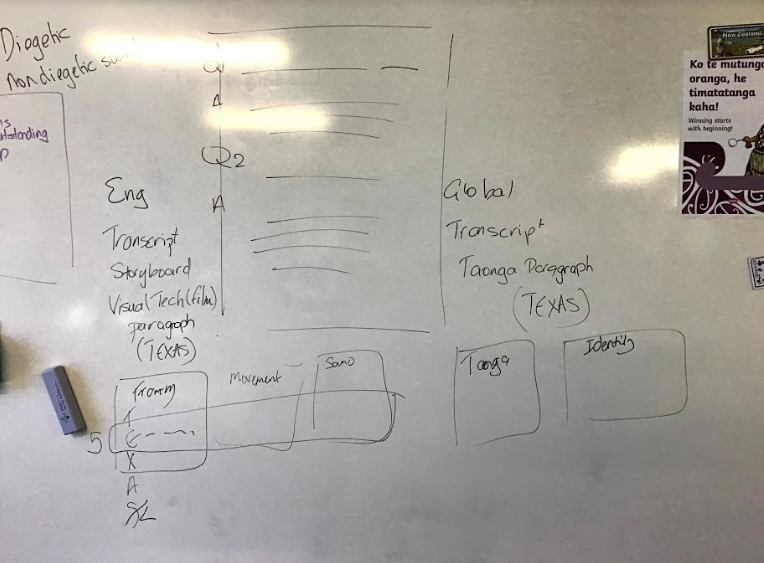
PLAN & DO / WHAKAMAHI learning intentions:
- We are PLANNING... our Te Whare Taonga o Maunga so that we can produce a slide that presents our Taonga and that we can share with our community. We are collaborating as a class and publishing on a shared document
-
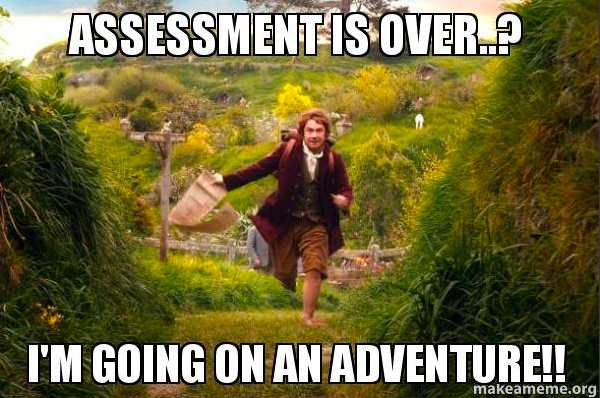
Kia kaha, kia maia, kia manawanui
Be strong, be brave, be steadfast
Kia ora. I hope you have all had a restful weekend and have not had to stress too much over assessment tasks. If you have managed your time well, your may have had a few polishing details to do, but the bulk of your work will be completed. Remember, this week you are uploading the same document with all required tasks to both Global and English. You will need:
- Transcript (translated to English if necessary)
- Storyboard
- Paragraphs about Taonga and National Identity
- Paragraphs about Visual Language (Film) Techniques
- ʕ •ᴥ•ʔ
We will use some class time in the following weeks to work on editing and uploading our interview videos to the Whare Taonga slides. I also want to look at personal writing - writing that is not necessarily intended for an audience, but writing that helps your record moments, feelings and events that may have significance for further generations.
Success Criteria: I can/have...
Write from a personal point of view
Include events, actions and feelings in my writing to describe the moment in time
Explored personal writing from other moments in time
Activities:
- Submit Assessment task
- Brainstorm moments in time of interest to you personally that allow you to read personal writing
- Use your library/research skills to find personal writing
- Start you own personal writing journey
Homework:
UPDATE UPDATE UPDATE......
Phew - now that I have your attention.
If you can get your assessment task uploaded, please do so - it is important that we stick to routines where we can - but then....... relax, find something to do that calms you - perhaps it is reading, or craft, or a walk or even gaming.....
I have started a diary - not necessarily to share but to record what is happening at the moment and how I feel about it. I encourage you to do the same. Your perspective is important - you are able to be the historians of this moment. You can use an online platform like blogger.com - create a google doc, or go old-school like me and grab an exercise book (or a fancy diary with a lock).
We have 4 days until the end of the term as the school holidays have been moved to the start of next week. We will have some distance learning after that until we are all able to return to school. This all happened so suddenly we were unable to farewell each other and that is pretty unsettling - so from me to you, Have a safe and relaxing holiday break and I will see you all next term. I am looking forward to hearing about what you have got up to.
I have set up an edmodo class page - you can access it by going to edmodo.com and signing in with google (school account) Chick on "I am a student" and join with class code jrk5yi - please don't share this with anyone who is not in 10M2 I will remove anyone who is not in the class, and can also see everything you write. I can change your status to read only if you do not use this space appropriately. Oh - and I will put the general Knowledge Quiz up on google classroom for you. May the odds be ever in your favour.
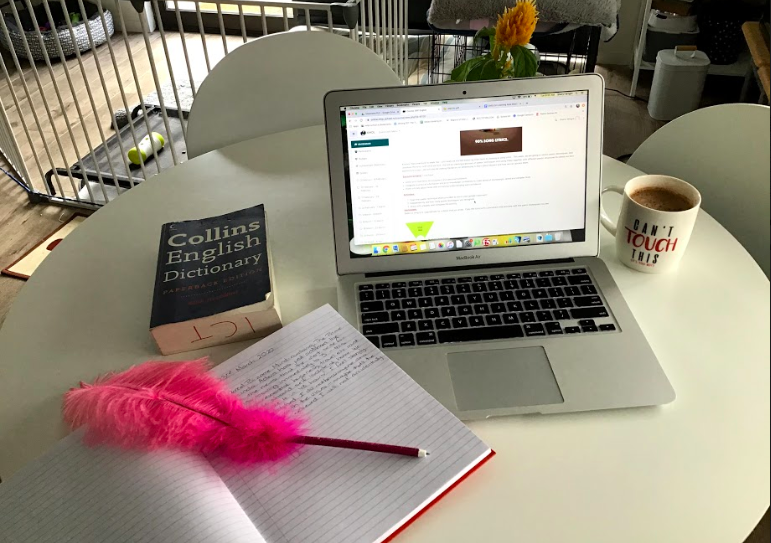
-

Hoping you are all safe and happy in your bubbles
Relax and enjoy the first week of the school holidays:-)
-

Hurihia to aroaro ki te rā tukuna to atarangi kia taka ki muri i a koe.
Turn to face the sun and the shadows fall behind you.
Kia ora. I hope you have all had a good break, have not stressed too much about assessment tasks, and have started to get to grips with our new distant learning reality. I must admit, I am keen to get back to Mission Heights and to catch up with you all in person, but until that is an option for us, we will have to do the best we can. We have been looking at film techniques, and how these are used to create an effect on the viewer. This week, I would like you to work with a film you choose for yourself (remembering to make sure it is suitable for both the school and your family values), with a specific focus on the techniques used by the director to influence our attitudes towards the protagonist (good guy) and the antagonist (bad guy). These techniques may include the framing, the lighting and even the non-diegetic sound used when each character is viewed. You will create a slide show to share with your classmates that provides visual evidence of the techniques you have identified together with a short explanation that compares and contrasts the techniques used for each character. I will create an exemplar and place it on google classroom for you to reference as well as a template for your own slideshow.
Success Criteria: I can/have...
- select an appropriate movie
- identify the antagonist and protagonist
- describe the film techniques to establish character
- compare and contrast the film techniques used for antagonist andprotagonist
Activities:
- Watch your movie
- Identify protagonist and antagonist
- close viewing to identify film techniques used
- create slide show
- explain/compare and contrast film techniques used
- Write here
Homework:
Everything :-) -
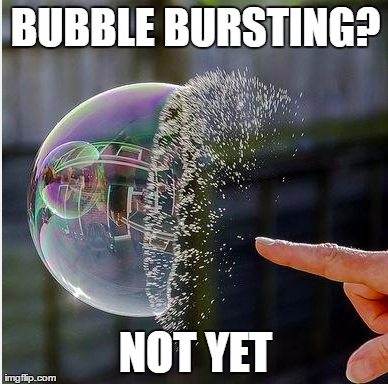
Whāia te iti kahurangi ki te tūohu koe me he maunga teitei.
Aim for the highest cloud so that if you miss it, you will hit a lofty mountain
Kia ora, I hope your first week back of distance learning was not too stressful, and you now have a better idea of how you will be working within your home bubble. I will be putting the big idea on MHOL, together with the success criteria and activities and any instructions you need. Google classroom will be used to distribute resources and for you to upload your completed work and we will all meet on Friday at 11:00 where you can raise any questions you have. Please remember, you can email me at any time with questions I I will try and get back to you as soon as I am available. This week we are going to reflect on the week we completed on our Whare Taonga and assessment task - what went well, what challenges did you meet and how did you overcome them, and what would you do differently next time. I will add a blank document on google drive for you to complete your reflection. Please remember, the more in-depth your reflection, the more useful it will be to your future learning. Reflecting is part of the Great Ako learning cycle! I am also going to put a link on google classroom to some articles about films. Please read the articles and respond to the points raised (I will take you to the set of Star Wars - will the fun never end!)
Success Criteria: I can/have...
- Reflected on my learning journey over term 1
- Read, thought about and recorded my ideas about films
Activities:
- Google classroom (Short text activities)
- Reflection
Homework:
Write here...REFLECT / WHAIWHAKAARO learning intentions:
- We are REFLECTING on our assessment task and reviewing our work. We are evaluating any gaps and generating personal next steps to improve our work. We are identifying problems or barriers to learning and checking our work fit the intended purpose
-
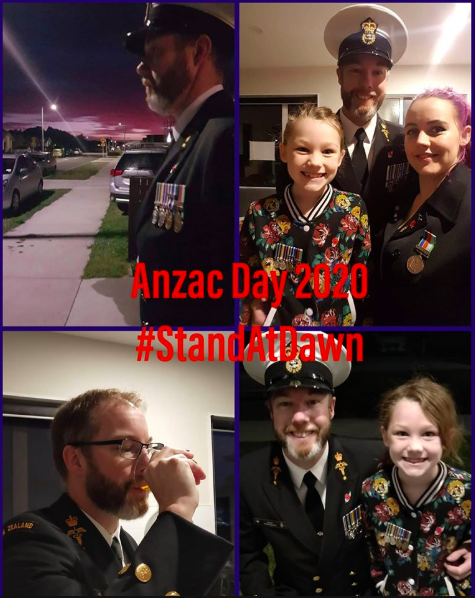
Kia mau ki te tokanganui-a-noho
There's no place like home
Kia ora. Welcome to ANZAC day from my bubble. This is a picture of my son-in-law, my daughter and my grand-daughter standing at dawn on ANZAC day. Don't they look proud. I hope wherever you were, you were able to spend some time thinking about the meaning about ANZAC day. Perhaps you also thought about how ANZAC day links to our Level 4 lockdown. In our own way we are also at battle at the moment for the good of our country. How do you think the next generations will view the actions and events of the moment?
This week, we are going to start thinking about our new context; Unknown/Unexpected What do these words mean to you and how do they link? How do you cope when something unexpected or unknown occurs? Do you have any strategies? How can you make sure that you are not impacted negatively long term by unknown or unexpected events? What about other people? How do they cope with the unexpected? This term we are going to look at an extended text (novel) where the protagonist has to deal with an unknown threat or unexpected event. A story with a twist in the tail would be the best place to start. I would therefore like you to select a novel you have access to (that is appropriate for Year 10 reading). You may want to look at the ebooks in the school library or may have a home library you can use. I would like you to be able to tell me the name of your novel by the end of this week.
Success Criteria: I can/have...
- select an extended text
- read the text
- identify elements of text structure
- make notes around the elements of structure
- write to explain
Activities: (Google Clasroom)
- Read the first 1-2 chapters of your novel. Identify the setting (place and time) and main characters and make notes/quotes that describe the setting and characters
Homework:
Write here... -
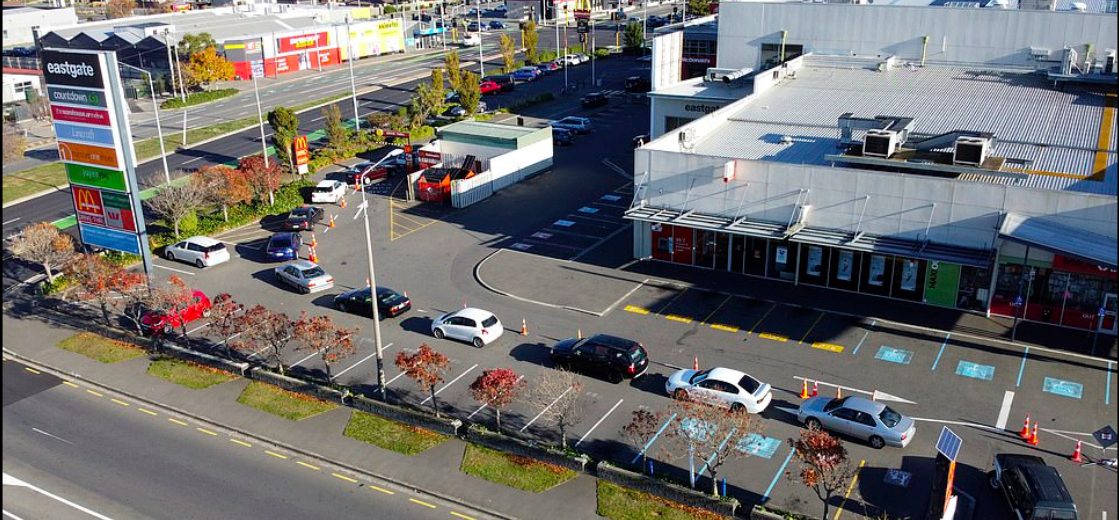
Tangata ako ana i te whare, te tūranga ki te marae, tau ana.
A person who is taught at home, will stand collected on the marae.
Kia ora. It was a short week last week, so this week we are going to continue the work we started last week. I have added an additional task for those of you who managed to get some work done last week.
We are thinking about our new context; Unknown/Unexpected What do these words mean to you and how do they link? How do you cope when something unexpected or unknown occurs? Do you have any strategies? How can you make sure that you are not impacted negatively long term by unknown or unexpected events? What about other people? How do they cope with the unexpected? This term we are going to start by looking at an extended text (novel) where the protagonist has to deal with an unknown threat or unexpected event. A story with a twist in the tail would be the best place to start. I would therefore like you to select a novel you have access to (that is appropriate for Year 10 reading). You may want to look at the ebooks in the school library or may have a home library you can use. I would like you to be able to tell me the name of your novel by the end of this week.
Success Criteria: I can/have...
- select an extended text
- read the text
- identify elements of text structure
- make notes around the elements of structure
- write to explain
Activities (Google classroom):
- Read the first 1-2 chapters of your novel. Identify the setting (place and time) and main characters and make notes/quotes that describe the setting and characters
- Read chapter 3-5 and make notes about any indications you have of the problem or complication in the early stages of the text. Remember to include quotes with page and paragraph numbers
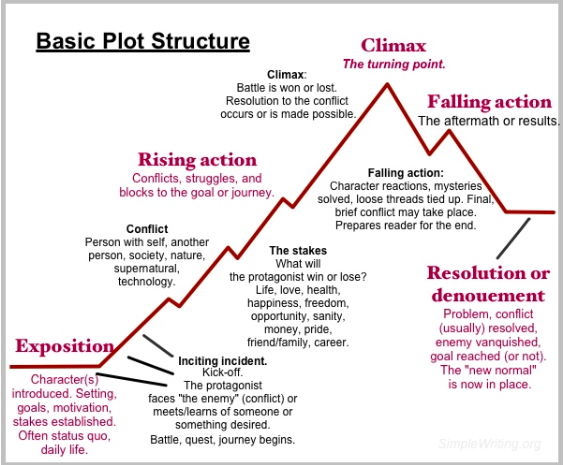
Homework:
Write here... -
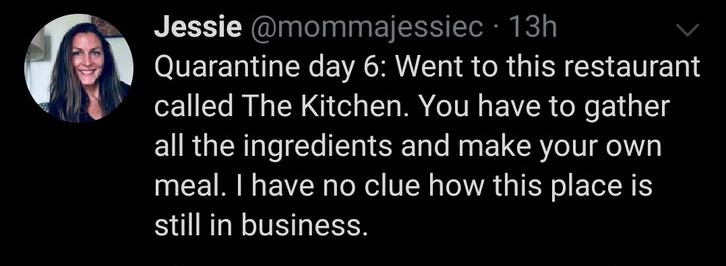
Ānei au, tō pou whirinaki.
I’m here, I’ll support you.
Kia ora. Welcome to another week of distance learning - This week, we are going to continue our work on our Novel. Hopefully you have all made a start and have read at least 5 chapters. This week we will be continuing with this work. I added an image on the course page last week. As you read your novel, make notes that align with the image - so far we have looked at the exposition and the inciting incident this should be the first 4-5 chapters of the novel. Continue reading with an eye to the rising action (the build up to the Turning Point in the novel). I have listed below the paragraphs you will write once you have finished your novel. Please remember to keep notes with quotes, page and paragraph numbers etc to assist you in your writing. Once we have read the novel (you have one more week to do so) we will be looking at static image - using the theme of the novel as our inspiration.
Success Criteria: I can/have...
- read an extended text
- identify plot structure elements
- make notes to support my writing
Activities: (record on document on google classroom)
- Exposition - character /setting plot / etc 150 words in total Paragraph 1
- Rising Action / problem /issues character goes through 150 words in total Paragraph 2
- Climax - what is the turning point of novel ? 150 words in total Paragraph 3
- Falling action / resolution etc 150 words in total Paragraph 4
- Conclusion /ending/ lesson learnt etc 150 words in total Paragraph 5
Homework:
Write here...
EXPLORE / TŪHURA learning intentions:
- We are EXPLORING to unpack an extended TEXT critically
- We are EXPLORING the aspects of Exposition , Conflict Raising Action
- We are EXPLORING How the climax and falling action is linked to the Resolution
-
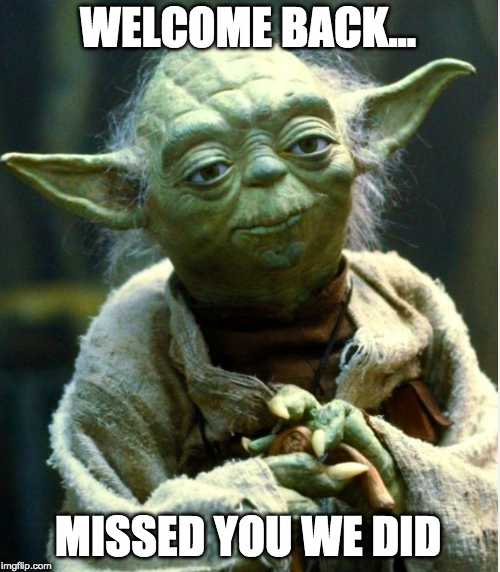
Moea tō poi, moea tō patu!
Be prepared!
Kia ora. I am so happy to be back on site at MHJC. How do you feel? It's weird that everything looks the same, but it really is a different world at the moment. This week you will notice a few changes to our routines as we settle back into school at Alert level 2. You will be in the same room all day, and your teachers will come to you. You will have to be a bit patient with the teachers as we navigate different projector set-ups and even just changing where we stand and where the board is. This week we are going to review what we have done so far on Unknown or Unexpected You will be sharing your google classroom work on your novel study with a class buddy. We will then look at the concept of Theme, and what the theme of your chosen novel is, we will use the language features of visual text to create a static image that reflects the theme you discuss. Phew, that sounds like a lot of work, but we are now halfway through the term and need to focus on what we need to achieve.
Learning Intention:
1. We are learning to understand the principles of Static Images
2. We learning to examine the impact of layout, style, font, colour ,contrast and dominant image has on the image.
3. We learning how these static image target a particular audience.
AO Coverage:
- Recognises ,understands and considers how texts are constructed for a range of purposes , audience and situations
- Makes meaning by understanding comprehensively ideas and the links between them
Success Criteria: I can/have...
Success Criteria:
1.List the different types of Static Resources used from the guide provided
2.Identify the target audience
3.Identify possible alternatives
1.Explain why these resources are used
2.Describe the impact of these resources
1.Analyze the effect these resources have on the audience
2.Discuss why they have this effect.
1.Prepare your own static image using the principles gained.
2.Create your own alternative image and unique target audience
Activities:
- Review of Novel Study work
- Identification of theme (class discussion)
- View the slideshow resource on Static Image
- Record your responses on the Response sheet provided
Homework:
Write here... -

Wishing you a joyous Eid Celebration
Ko ia kāhore nei i rapu, tē kitea.
He who does not seek, will not find.
Kia ora. Wishing a joyous Eid celebrations to many of you. This week we are going to continue on with our learning, we are heading to the time where assessments tasks will be introduced to you, so It is important that you continue to complete the work we are doing in preparation (and catch-up on any tasks that you did not complete while distance learning)
Success Criteria: I can/have...
1. We are learning to understand the principles of Static Images
- Recognises ,understands and considers how texts are constructed for a range of purposes , audience and situations
- Makes meaning by understanding comprehensively ideas and the links between them
2. We learning to examine the impact of layout, style, font, colour ,contrast and dominant image has on the image.
3. We learning how these static image target a particular audience.
AO Coverage:
- Watch Slideshow on Use of Text
- Using the static image elements you have covered (symbol, colour, composition and text), create a static image that would be suitable for a Primary School Audience to teach about the ways we can stay safe during the Covid19 Lockdown. Use the official New Zealand Covid 19 signage to help you, but create a new static image, not one that already exists. Think carefully about your audience!
Homework:
Write here... -
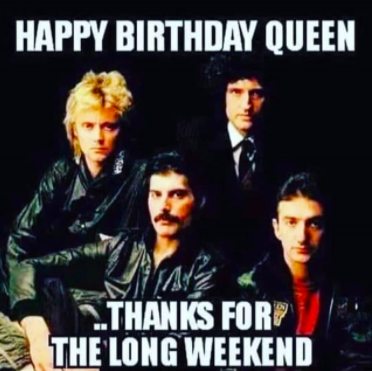
Ko koe ki tēnā, ko ahau ki tēnei kīwai o te kete.
You take that handle of the kete and I’ll take this one.
Kia ora. I hope you all had a good long weekend and perhaps caught up with family or got out of Auckland. This week we are going to start looking at the Term 2 Assessment Task. We will be creating a static image. I will go through the task criteria with you and we will spend time in class working on it.
Success Criteria: I can/have...
1. We are learning to understand the principles of Static Images
- Recognises ,understands and considers how texts are constructed for a range of purposes , audience and situations
- Makes meaning by understanding comprehensively ideas and the links between them
2. We learning to examine the impact of layout, style, font, colour ,contrast and dominant image has on the image.
3. We learning how these static image target a particular audience.
AO Coverage:
Activities:
- Unpack Assessment Task 2
- Review elements of static image (Symbol/colour/Compotition/Text)
Homework:
Write here...
-
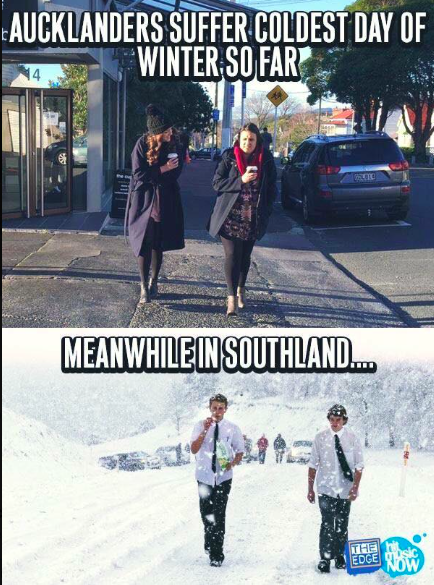
Ko te pae tāwhiti, whāia kia tata. Ko te pae tata, whakamaua kia tina.
Seek out distant horizons and cherish those you attain.
Kia ora. Week two of Winter.... who else is ready for Summer again? I try to use a meme at the top of each MHOL page to indicate how I am feeling, or what we will be looking at each week. Is a meme a static image? What language elements does the meme I have used this week contain? How do they support the message? This week we are going to continue looking at static images. We will be looking at how the elements of visual language are used to strengthen the message contained in the text.
Success Criteria: I can/have...
1. We are learning to understand the principles of Static Images
- Recognises ,understands and considers how texts are constructed for a range of purposes , audience and situations
- Makes meaning by understanding comprehensively ideas and the links between them
2. We learning to examine the impact of layout, style, font, colour ,contrast and dominant image has on the image.
3. We learning how these static image target a particular audience.
AO Coverage:
Activities (Google Classroom):
- Do now: Static Image interpretation -Smoking
- Static Image - Covid19 for Preschool
Homework:
Write here...
-
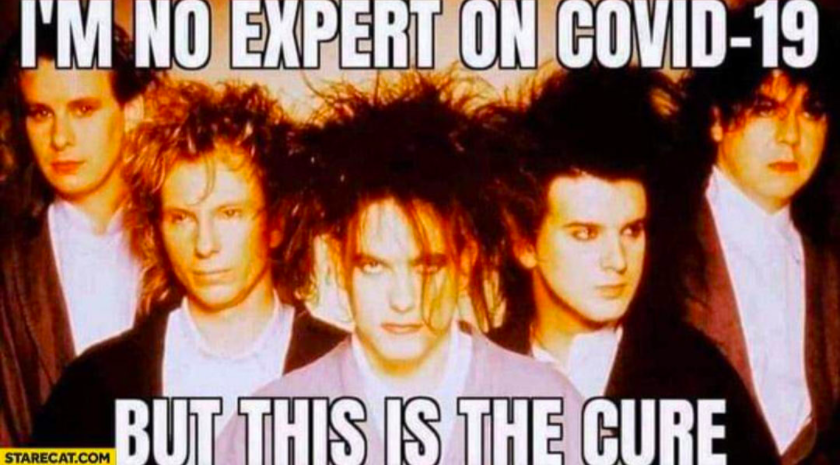
Ka pū te ruha, ka hao te rangatahi.
As an old net is cast aside, another is remade.
Kia ora. I hope you all enjoyed the first weekend of level 1. I went out to a shopping mall, and it was strange seeing so many people at once (and all of them walking so close together!) It seems odd that things are so quickly going back to 'normal'. As the school term started during lockdown, we have a longer term - so while many of you feel like the term is almost over, we still have 3 weeks face-to-face to complete our terms work before we can have the break I know we are all looking forward to. This week we are going to continue with our updated Covid19 Pandemic signage - creating posters that are suitable for a pre-school audience. Please keep referring back to the assessment document to check your static images meet the task criteria.
Success Criteria: I can/have...
We are learning to understand the principles of Static Images
- Recognises ,understands and considers how texts are constructed for a range of purposes , audience and situations
- Makes meaning by understanding comprehensively ideas and the links between them
2. We learning to examine the impact of layout, style, font, colour ,contrast and dominant image has on the image.
3. We learning how these static image target a particular audience.
AO Coverage:
Activities:
- Static Image creation
- Discussion with a buddy about how you could improve your images
- check against marking criteria
Homework:
Write here... -
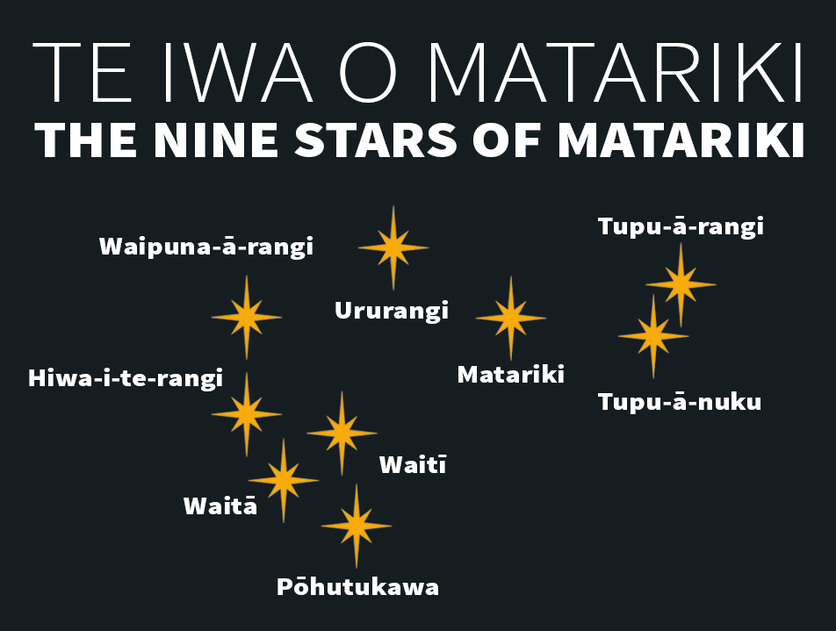
He kākano ahau i ruia mai i Rangiātea.
I am a seed which was sown in the heavens of Rangiātea.
Kia ora. I hope you took advantage of the Teacher Only Day on Friday to recharge your batteries and rebuild your energy for the last two weeks of the term. Hopefully, you also go out to celebrate the start of Matariki. (Interestingly, when you make a typo when writing start of Matariki as I just did, you get Star of Matariki which is also very appropriate). This week we are going to start our discussion around speeches, oral texts and NCEA. Your static images are well underway, and will now need to be completed at home. I will set up the MHOL assessment task for Thursday 2nd July, and give you time in class on this day to get them uploaded. Please keep checking your work against the assessment instructions and criteria. I am not grading your artistic ability - I am looking to see you have used the elements of visual language that are best suited to your target audience - Pre-school students!
Success Criteria: I can/have...
1. We are learning to understand the principles of Static Images
- Recognises ,understands and considers how texts are constructed for a range of purposes , audience and situations
- Makes meaning by understanding comprehensively ideas and the links between them
2. We learning to examine the impact of layout, style, font, colour ,contrast and dominant image has on the image.
3. We learning how these static image target a particular audience.
AO Coverage:
Activities:
- NCEA - Discussion of task
- Speech planning and ideas
Homework:
Write here...
-
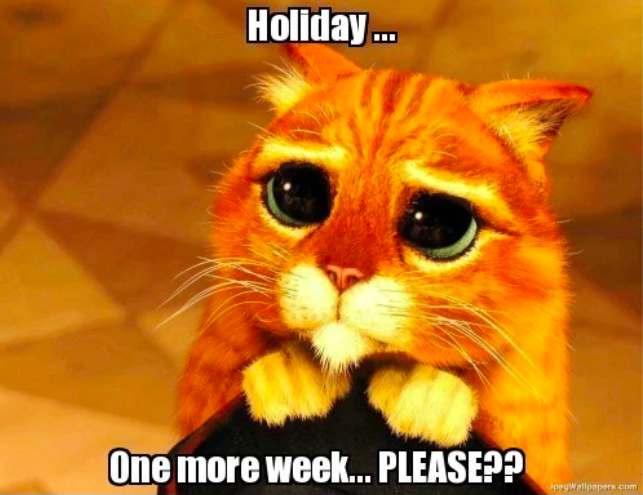
Kua takoto te Mānuka.
The leaves of the Manuka tree have been laid down (a challenge has been laid down or there is a challenge ahead of you).
Kia ora. Your static images are due this Thursday. I am really impressed with what I have seen of your work so far and am looking forward to your final submissions. Please remember to keep checking back with the assessment criteria and rubric to allow yourself to succeed. This week, we are going to unpack the oral presentation task so that your can start working on your presentations (and practice at home over the holiday break)
Success Criteria: I can/have...
We are learning to understand the principles of Static Images
- Recognises ,understands and considers how texts are constructed for a range of purposes , audience and situations
- Makes meaning by understanding comprehensively ideas and the links between them
2. We learning to examine the impact of layout, style, font, colour ,contrast and dominant image has on the image.
3. We learning how these static image target a particular audience.
AO Coverage:
Activities:
- Submit Assessment Task Two
- Identify/research/Draft oral presentation
- Proofread and edit presentation
- Practice presentation
Homework:
Oral presentations -
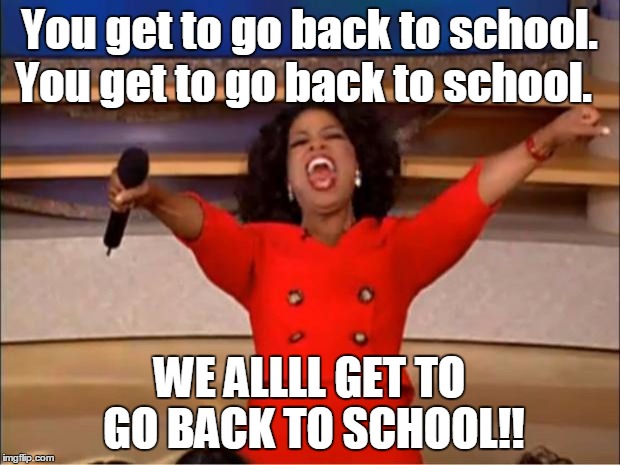
He rā whatiwhati kō.
A day of hardwork.
Kia ora. I hope you all had a lovely break and got out and about. What a change it was to be able to leave the house during the term break. Cast your mind back to the last term break and it was so very different. We have a busy term ahead of us. Your Oral Presentation assessment task is due in week three (I have extended this slightly due to not having all our English classes at the end of the term) and we also need to start work on our new context "Hikoi Aotearoa - New Zealand, the greatest little country in the world". We will be exploring New Zealand from the comfort of our classroom and looking at the literature and films that define or represent our great country.
Speeches "I have something to say "
Learning Intentions: We are learning to (WALT)...
- We are learning how to research, develop and explore an idea.
- We are learning how to prepare a text to deliver to an audience
- We are learning delivery Methods such as tone, gestures, eye content to engage our audience ..
Achievement Objectives: Prepare and Deliver a text with research to an audience.
Success Criteria: I can/have...
Success Criteria:
Identify 3 Topics that relates to something current
Identify the characteristics of a good speaker
Identify possible Gestures ,voice control and a Hook
Research your approved speech
Discover new content/ideas antidotes and adapt this to your Topic
Prepare a hook or a manner to captivate the Audience
Prepare to write the speech
Study the content.
Connect with the Audience
Deliver in a confident manner
Activities:
- Identify and research oral presentation
- Brainstorm and plan oral presentation
- Draft oral presentation
Homework:
Write here...
EXPLORE / TŪHURA learning intentions:
- We are EXPLORING literaure of New Zealand through focussed viewing of films.
- We are EXPLORING tchniques used by filmakers to effectively deliver messages
-
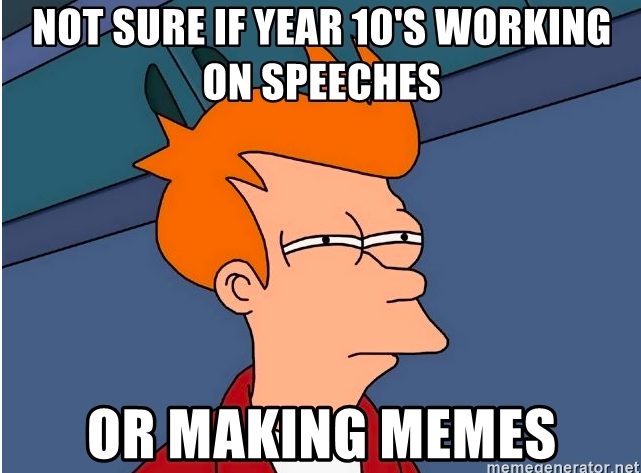
He mahi te āta noho, e kī ana te wheke
It is the octopus who says, “sitting is working”.
Kia ora.Another busy week for us as we work towards presenting and recording our speeches in Week 3. Please remember we have Project on Wednesday and Focus on Friday, so we need to make the most of the timetabled English session on Tuesday. You should all by now have selected and research your topic and be well underway (if not finished) the writing of your speech. Remember to use the criteria and marking rubric when you are working to check you are giving yourself every opportunity to succeed. Think about the speech exemplars we watched last Friday - what worked well and the areas you know you can improve. I will organise for you to have access to the cameras to record your speeches next week, but can I suggest you use your devices to record your speeches at least once during the rehearsal zone so you can make an honest evaluation of the areas you need to work on.
Speeches "I have something to say "
Learning Intentions: We are learning to (WALT)...
- We are learning how to research, develop and explore an idea.
- We are learning how to prepare a text to deliver to an audience
- We are learning delivery Methods such as tone, gestures, eye content to engage our audience ..
Achievement Objectives: Prepare and Deliver a text with research to an audience.
Success Criteria: I can/have...
Success Criteria:
Identify 3 Topics that relates to something current
Identify the characteristics of a good speaker
Identify possible Gestures ,voice control and a Hook
Research your approved speech
Discover new content/ideas antidotes and adapt this to your Topic
Prepare a hook or a manner to captivate the Audience
Prepare to write the speech
Study the content.
Connect with the Audience
Deliver in a confident manner
Activities:
- Complete writing speech
- Work in the rehearsal Zone (Cue cards, practice, practice, practice)
Homework:
Write here...EXPLORE / TŪHURA learning intentions:
- We are EXPLORING literaure of New Zealand through focussed viewing of films.
- We are EXPLORING tchniques used by filmakers to effectively deliver messages
-

Hurihia to aroaro ki te rā tukuna to atarangi kia taka ki muri i a koe.
Turn to face the sun and the shadows fall behind you.
Kia ora. I hope we are all settling into Term 3 and adjusting to the timetable with Wednesday Projects and Focus Friday. We need to ensure we use our timetables slot on Tuesday wisely so you can manage your time carefully to complete your tasks. This is an important skill to have as you enter the next stage of your education. This week, we are going to start the process of recording our oral presentations. If you would like to be considered for the upcoming school speech competition you need to ensure your speech is recorded and uploaded by Tuesday so I am able to view it. Please let me know if this is you so I can arrange access to the cameras. We will be continuing the process on Friday. I will create a schedule for when you and your chosen audience (of 3) will be recording your speeches (30 minute slot should allow all 4 people to record). I know there is a temptation to have many 'takes' bu unfortunately we do have a time frame to keep to, and if you were doing your presentations live, starting again is not an option so my advice is a maximum of three attempts and you upload your best!
Speeches "I have something to say "
Learning Intentions: We are learning to (WALT)...
- We are learning how to research, develop and explore an idea.
- We are learning how to prepare a text to deliver to an audience
- We are learning delivery Methods such as tone, gestures, eye content to engage our audience ..
Achievement Objectives: Prepare and Deliver a text with research to an audience.
Success Criteria: I can/have...
Success Criteria:
Identify 3 Topics that relates to something current
Identify the characteristics of a good speaker
Identify possible Gestures ,voice control and a Hook
Research your approved speech
Discover new content/ideas antidotes and adapt this to your Topic
Prepare a hook or a manner to captivate the Audience
Prepare to write the speech
Study the content.
Connect with the Audience
Deliver in a confident manner
Activities:
- Work with a small group to get speeches recorded
- Upload speeches
Homework:
Write here...EXPLORE / TŪHURA learning intentions:
- We are EXPLORING literaure of New Zealand through focussed viewing of films.
- We are EXPLORING tchniques used by filmakers to effectively deliver messages
FOCUS / ARONGA learning intentions:
- We are FOCUSING using examples and evidence from the visual text to support our discussion of ideas
-
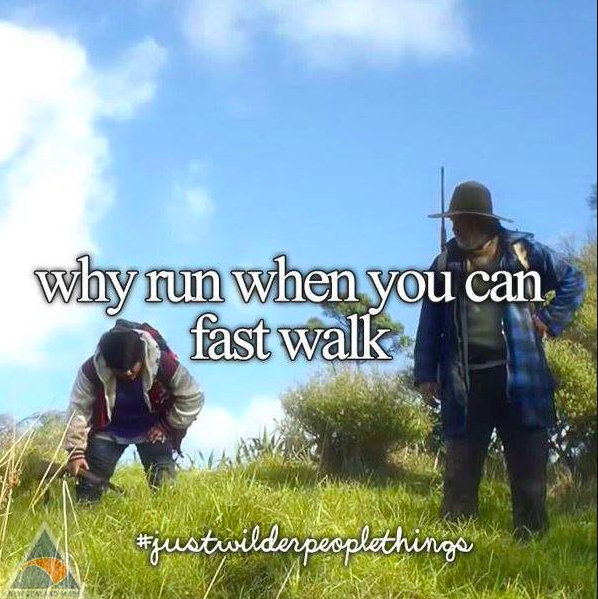
Kāore te kūmara e kōrero mo tōna ake reka.
The kūmara does not speak of his own sweetness.
Kia ora. Thank you for all your hard mahi last week getting your speeches filmed and uploaded. If you are entered into NCEA and have not yet got your video to me, this needs to be a PRIORITY! I know camera's were in short supply, but these must we with me by Monday afternoon. If you are not in NCEA but have not got your presentation filmed, you need to use your own device to capture your video and get the video to me (not uploaded on MHOL - share on google drive). This week, we are going way back in time, to a time before COVID19, when life was free..... and we were looking at an extended text - via film study! We need to refresh our thinking around film techniques and study an extended text. There may be a hint in the image I used this week (or it may be an obscure reference to the cross country - who knows.)
Success Criteria: I can/have...
- identify film techniques and their effect on the audience
- discuss how film techniques add to an audiences understanding of plot, character, theme etc.
Activities:
- Review your notes (slide show glossary) on film techniques
- Review storyboarding completed in Term 1 (Taonga assessment)
- Review plot structure as studied through extended text during lockdown (own novels)
Homework:
Write here...
FOCUS / ARONGA learning intentions:
- We are FOCUSING using examples and evidence from the visual text to support our discussion of ideas
-
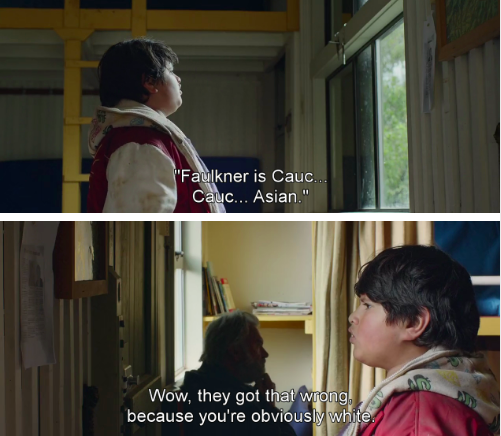
Waiho i te toipoto, kaua i te toiroa.
Let us keep close together not far apart.
Kia ora. This is what I wrote last week!!!!!!!
"This week, we are going way back in time, to a time before COVID19, when life was free..... and we were looking at an extended text - via film study! We need to refresh our thinking around film techniques and study an extended text. There may be a hint in the image I used this week (or it may be an obscure reference to the cross country - who knows.)".
What a pity I can't use this new found superpower to record the lotto numbers......but, we can continue our exlpration of Hunt for the Wilderpeople. This film is availabel online. It is on TVNZ on demand and signing up for TVNZ on Demand is free, If you have not already, can you please access the film and complete the viewing. This week, we are going to explore the theme and characters in the movie. I asked you last week to record your impressions of Aunt Bella, Uncle Hec, Ricky Baker and Paula (Child Welfare) as we started watching. Please add to this as you continue to watch the movie.
PLEASE KEEP AN EYE ON YOUR EMAIL FOR A GOOGLE MEET INVITATION
Success Criteria: I can/have...
- Identify film techniques and their effect on the audience
- discuss how film techniques add to an audiences understanding of plot, character, theme etc.
Activities:
- Complete viewing of Hunt for The Wilderpeople
- Record characterisation notes
- A theme is a main idea or message. Here are some of the themes from our film:
● The importance of family● Relationships can strengthen over time● Dealing with conflict together develops relationships● Not to judge someone before we get to know them● Everyone deserves a second chance- Task: Choose one of these themes (or another you can think of) and;
write down 3 eventswhich show this theme.2. Complete Genre task on Google Classroome.g. Everyone deserves a second chance:EVENTS: 1. Paula calls Ricky ‘a bad egg’ and he has been in trouble in the past. Bella gives Ricky a second chance. She doesn’t write him off, instead she shows him love and support. The hottie (hot water bottle) she leaves in his bed each night shows him that she cares about him.
Homework:
Write here...FOCUS / ARONGA learning intentions:
- We are FOCUSING using examples and evidence from the visual text to support our discussion of ideas
-
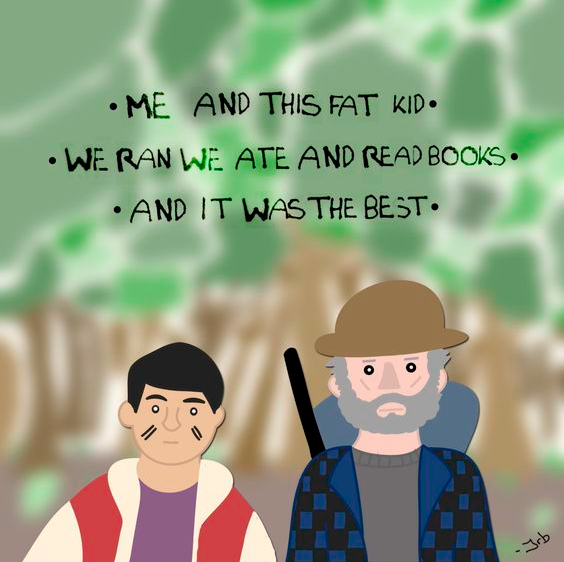
Ko ia kāhore nei i rapu, tē kitea.
He who does not seek, will not find.
Kia ora. Fingers crossed, we will be back in the classroom at the end of the week. Until then, we need to continue with our film study. Last week we looked at theme. This week we would be looking at the plot structure - how has the film been structured to tell the story.

Success Criteria: I can/have...
- Identify film techniques and their effect on the audience
- discuss how film techniques add to an audiences understanding of plot, character, theme etc.
Activities:
- Identify 1 - 2 examples from the film of each plot point identified above (Background, Rising Action, Climax, Falling Action, Resolution) You can write to desribe and also find images that support the examples you have identified (Slde show in Google Classroom)
- Complete all previous work.
Homework:
Write here...
PLAN & DO / WHAKAMAHI learning intentions:
- We are PLANNING our writing so that we can present and justify our ideas about the techniques the wtiter and film maker has used to develop elements of plot and characterisation
-
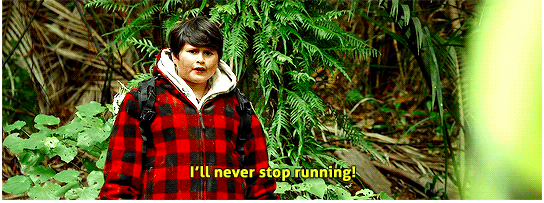
E tū ki te kei o te waka, kia pākia koe e ngā ngaru o te wā
Stand at the stern of the canoe and feel the spray of the future biting at your face
Kia ora. I hope you have all taken th opportunity to complete our watching of Hunt for the Wilderpeople and have been engaging in our exploration of the film and the film techniques used.
Success Criteria: I can/have...
- Identify film techniques and their effect on the audience
discuss how film techniques add to an audiences understanding of plot, character, theme etc.
Activities:
Write a paragraph (using examples and evidence from the film) to answer the following questions
How does Ricky initially respond to the challenge of a new home and new carers?
What sort of comedy genre conventions are there throughout Hunt for the Wilderpeople? How does the film draw comedic moments out of the situation?
How does the film emphasise the importance of humour, creativity and friendship in helping people through difficult times? Do you agree?
Watch the sequence where Ricky heads off into the bush and finds himself very out of place. How is this highlighted through aspects such as editing, camera and costume?
- Share your answers in a small group
Homework:
Write here...PLAN & DO / WHAKAMAHI learning intentions:
- We are PLANNING our writing so that we can present and justify our ideas about the techniques the wtiter and film maker has used to develop elements of plot and characterisation
-
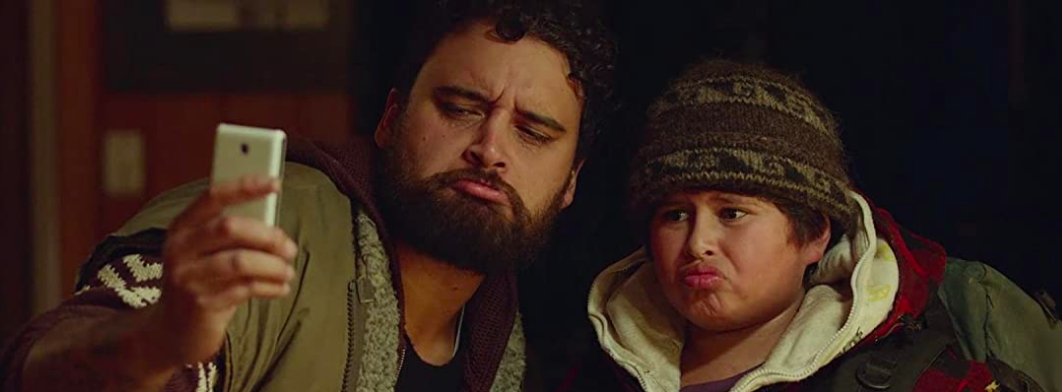
Kohikohia ngā kākano, whakaritea te pārekereke, kia puāwai ngā hua
Gather the seeds, prepare the seedbed carefully, and you will be gifted with an abundance of food
Kia ora. Week 8, Alert level 2.5. What a year! This week, we are going to continue working on the paragraphs about the Hunt for the Wilderpeople we started looking at last week. It is important that we use a paragraph outline (whether that is TEXAS, PEEL, SEXY or anything else) to help us with our writing and we will spend some time looking at how we can make sure our understanding of the visual text can be clearly demonstrated by using a clear writing style.
Success Criteria: I can/have...
- Use a paragraph outline to structure my writing
- Identify appropriate examples from the text to support my understanding
Activities:
Write a paragraph (using examples and evidence from the film) to answer the following questions
How does Ricky initially respond to the challenge of a new home and new carers?
What sort of comedy genre conventions are there throughout Hunt for the Wilderpeople? How does the film draw comedic moments out of the situation?
How does the film emphasise the importance of humour, creativity and friendship in helping people through difficult times? Do you agree?
Watch the sequence where Ricky heads off into the bush and finds himself very out of place. How is this highlighted through aspects such as editing, camera and costume?
- Share your answers in a small group
Hunt for the Wilderpeople
Ricky initially responds to the challenge of new carers by disengaging. He takes himself out of the situation so that he does not have to emotionally deal with it. This can be seen when he returns to the police car after Paula describes his misdemeanours (even though he is not present during the description, he has an obvious expectation he will no longer be welcome), his nightly running away, and the times when he zips his hoodie over his face, both physically and metaphorically shutting out the works. This behaviour tells us that Ricky has been in similar situations in the past, and is rejecting his carers before they can reject him. By having the character of Ricky respond to the challenges in this way, the director is able to build the character of a troubled youth who has had prior foster homes and negative experiences.
Homework:
Write here... -
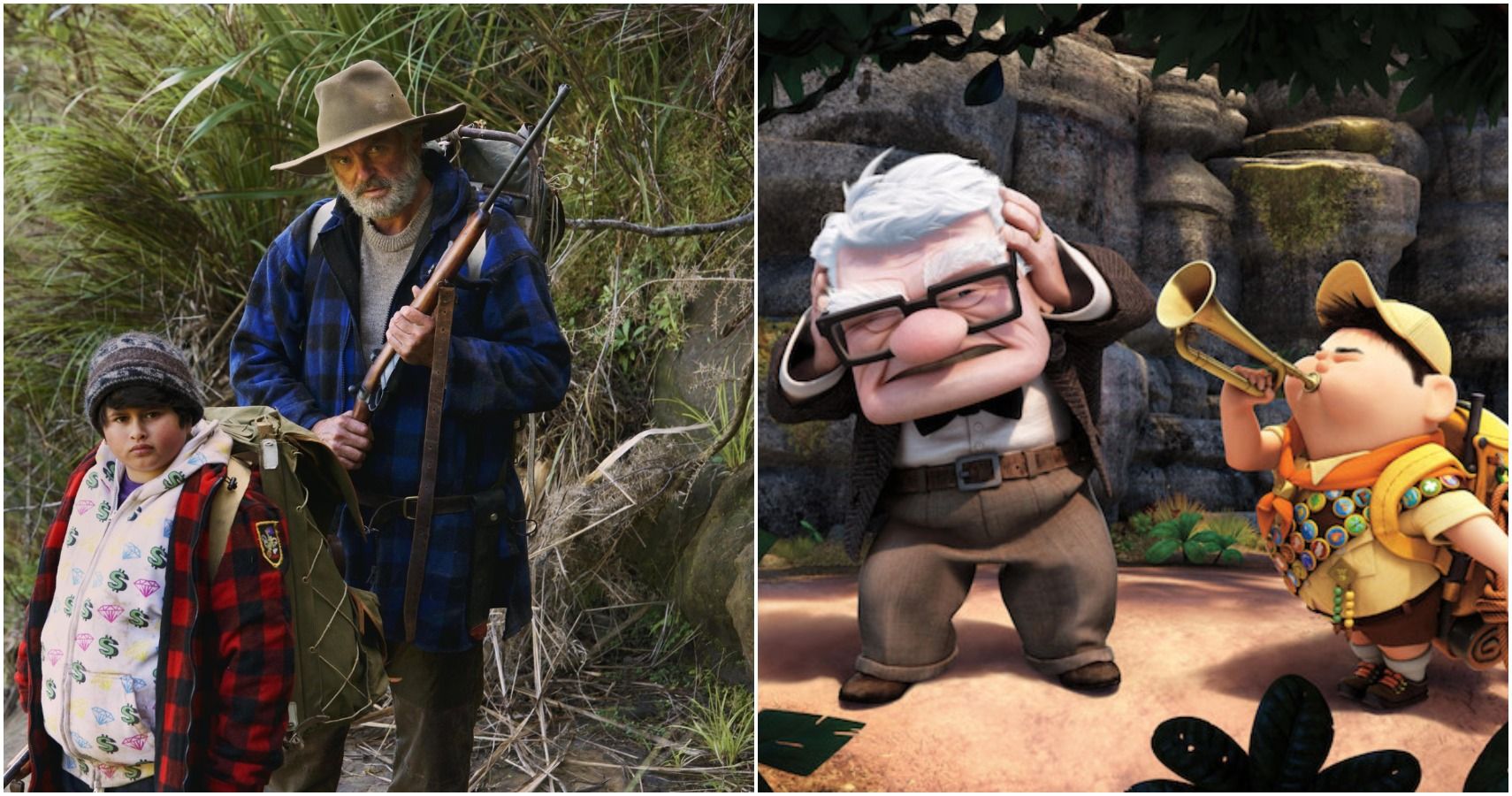
He kura tangata – He kura whānau
A person educated is a community educated
Kia ora. Have you seen the movie UP? There are many simalarities between UP and Hunt for the Wilderpeople. This week, we are going to continue writing our paragraphs exploring the themes of Hunt for The Wilderpeople and how film techniques are used to share a message or idea to the audience.
Success Criteria: I can/have...
- Use a paragraph outline to structure my writing
- Identify appropriate examples from the text to support my understanding
Activities:
Write a paragraph (using examples and evidence from the film) to answer the following questions
How does Ricky initially respond to the challenge of a new home and new carers?
What sort of comedy genre conventions are there throughout Hunt for the Wilderpeople? How does the film draw comedic moments out of the situation?
How does the film emphasise the importance of humour, creativity and friendship in helping people through difficult times? Do you agree?
Watch the sequence where Ricky heads off into the bush and finds himself very out of place. How is this highlighted through aspects such as editing, camera and costume?
- Share your answers in a small group
Hunt for the Wilderpeople
Ricky initially responds to the challenge of new carers by disengaging. He takes himself out of the situation so that he does not have to emotionally deal with it. This can be seen when he returns to the police car after Paula describes his misdemeanours (even though he is not present during the description, he has an obvious expectation he will no longer be welcome), his nightly running away, and the times when he zips his hoodie over his face, both physically and metaphorically shutting out the works. This behaviour tells us that Ricky has been in similar situations in the past, and is rejecting his carers before they can reject him. By having the character of Ricky respond to the challenges in this way, the director is able to build the character of a troubled youth who has had prior foster homes and negative experiences.
Homework:
Write here...PLAN & DO / WHAKAMAHI learning intentions:
- We are PLANNING our writing so that we can present and justify our ideas about the techniques the wtiter and film maker has used to develop elements of plot and characterisation
-
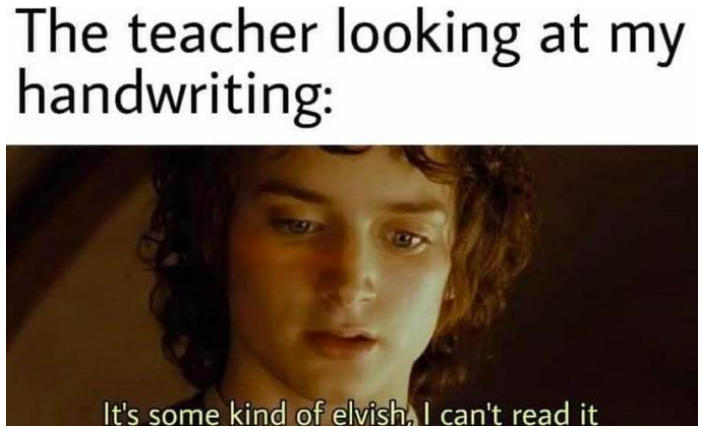
Te kaha me te wairua
Energy flows where attention goes
Kia ora. By now you should have practiced writing some paragraphs abut themes and film techniques in the Hunt for the Wilderpeople. This week you will share these with a buddy for HONEST feedback - please also think about your handwriting - is it legible? When you hand write essays you can only be marked if you can be read! Is your handwriting hard to read? Do you need to increase the size or change the slope? We will spend some time on the actual process of scribing onto paper. I know when I have not written with pen and paper my hand cramps up quickly - we need to make sure we are able to write for a sustained period of time!
Success Criteria: I can/have...
- Write to explain and idea with examples
- Write legibly so my work can be read
- Use a range of proof reading and editing strategies in my writing
Activities:
- share a paragraph with a buddy for HONEST feedback
- Write a paragraph and assess writing legibility
- Identify editing andproofreading strategies
Homework:
Write here...PLAN & DO / WHAKAMAHI learning intentions:
- We are PLANNING our writing so that we can present and justify our ideas about the techniques the wtiter and film maker has used to develop elements of plot and characterisation
-
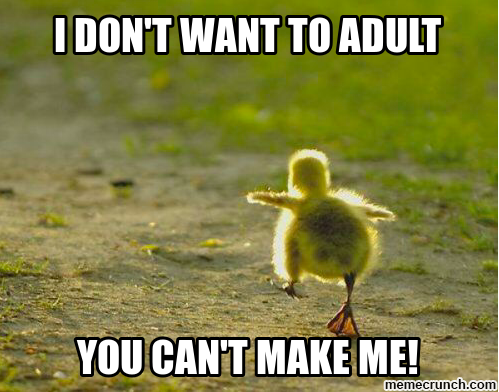
Ko te pae tāwhiti, whāia kia tata. Ko te pae tata, whakamaua kia tina.
Seek out distant horizons and cherish those you attain.
Kia ora. We have a very busy term ahead of us, with trips, production, Common Assessment Tasks, Project Presentations and Focus Fridays to name a few. We will also be exploring the skills you need and decisions you will be making over the next few years to ensure you have the knowedge you need to succeed. In English this week, we will look at what is involved in creating a CV or resume.
Success Criteria: I can/have...
- Identify experience I have in a range of areas
- Write using a template/structure
- Use appropriate kanguage for a specific audience
Activities:
- Brainstorm personal attributes and experiences
- Locate template libraries on devices
- Select an appropriate template
- Use suitable personal attibutes and experiences to populate the template
Homework:
Write here...EXPLORE / TŪHURA learning intentions:
- We are EXPLORING writen legislation and gaining an understanding of when and how the law applies
-
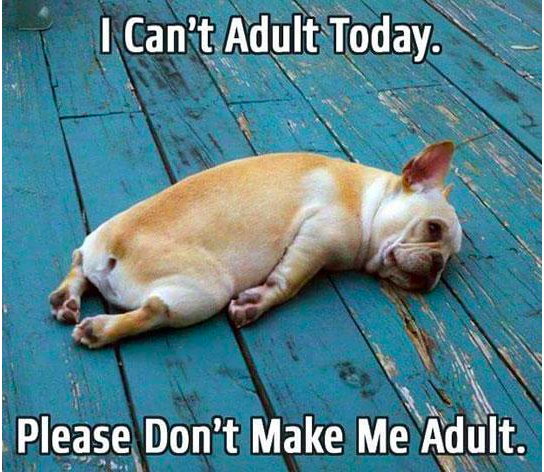
Titiro whakamuri kokiri whakamua
Look back and reflect so you can move forward
Kia ora. This week we are going to continue working on our resume, looking at the soft-skills we have and how we can include these into our document.
Success Criteria: I can/have...
- Identify soft skills I have
- Provide evidence of the soft skills
- Write in a professional tone
- Proofead carefully
- Continue with work on Resume/CV
Homework:
Write here...EXPLORE / TŪHURA learning intentions:
- We are EXPLORING writen legislation and gaining an understanding of when and how the law applies
-
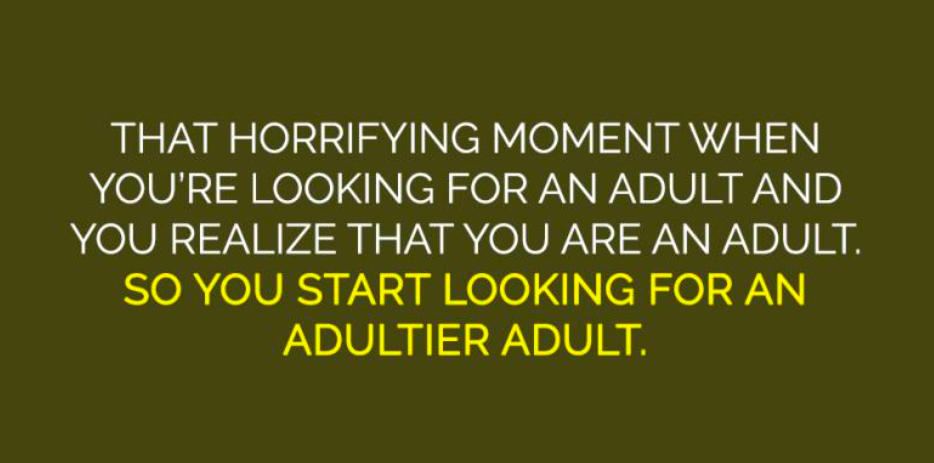
Kei ōu ringaringa te ao
The world is yours.
Kia ora. Thank you for your work last week in locating your inspirational quote/line for the yearbook. Like many things this term, this will be an ongoing process as they are checked. You will also need to continue working on your resume and cpvering letter. There are some conventions for setting out a letter (and addressing an envelope) that we will also look at this week. It seems like a small thing, but the way your present yourselves on paper can make a difference between getting to see someone in person about a job, and being told your application has been unsuccessful. Please also remember there is a practise CAT paper available in Google Classroom - totally your choice whether you use it or not.
Success Criteria: I can/have...
- Use layout conventions appropriate to the type of text I am writing
- Proofread and edit my work for clarity and accuracy
- Use language to suit my audience and purpose
Activities:
- Brainstorm soft skills suitable for a covering letter
- Draft letter
- Proofread and edit
- Peer check letter
- Publish completed letter
Homework:
Write here...EXPLORE / TŪHURA learning intentions:
- We are EXPLORING writen legislation and gaining an understanding of when and how the law applies
-
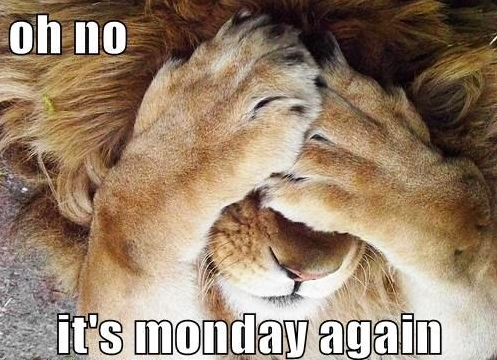
Mā te kimi ka kite, Mā te kite ka mōhio, Mā te mōhio ka mārama
Seek and discover. Discover and know. Know and become enlightened.
Kia ora. We have a really busy week ahead of us. On Monday, you will be attending workshops as part of our "Adult choices" context, Tuesday is athletics day, so remember the sunblock! Your common assessment tasks begin this Friday. We will spend the time we have available looking at some workplace scenarios and you will write to explain what is and is not permitted under New Zealand employment legislation.
Success Criteria: I can/have...
- Read and understood workers rights and responsibilities in New Zealand
- Applied my understanding to a range of different contexts
- Used appropriate tone and conventions in writing
Activities:
- Chose a scenario
- Research the legislation as it affects the scenario
- Write a report that details the actions the worker or the employer needs to take to meet legislative responsibilities
Homework:
Write here...EXPLORE / TŪHURA learning intentions:
- We are EXPLORING writen legislation and gaining an understanding of when and how the law applies
-
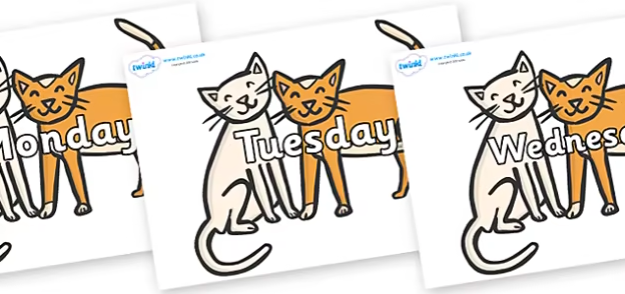
Mau ano e to mai te ika ki a koe. Ki te tino wawata koe ki te ika ka haere mai ki a koe!
You create your own luck. If you wish it the fish will come!
Kia ora. A busy week ahead of you this week. The whakatauki I have chosen this week talks about how you create your own luck. Film maker Samuel Goldwyn said similar "The harder I work, the luckier I get" , so I know your are all trying your best on your Common Assessment Tasks and this will bring the 'luck' to do well. Did you watch the news about the American Election this week? It was really interesting and scary at the same time. I am glad to live in Aotearoa where our electionshave been settled and even when we disagree with each other, it is done with respect and care. This week, I would like us to continue writing a report about the youth employment scenarios shared with you.
Success Criteria: I can/have...
- Read and understood workers rights and responsibilities in New Zealand
- Applied my understanding to a range of different contexts
- Used appropriate tone and conventions in writing
Activities:
- Research the legislation as it affects the scenario
- Write a report that details the actions the worker or the employer needs to take to meet legislative responsibilities
Homework:
Write here...FOCUS / ARONGA learning intentions:
- We are FOCUSING on creating scenarios that unpack our understanding of different employent situations and how these are impacted by New Zealand employment legislation
-
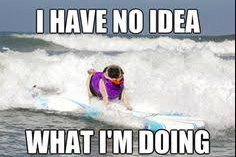
Kia hora te marino, kia whakapapa pounamu te moana, kia tere te kārohirohi i mua i tō huarahi.
May peace be widespread, may the sea glisten like greenstone, and may the shimmer of light guide you on your way.
Kia ora. What a busy week you had last week - and have to look forward to this week. I hope you all enjoyed your time at Kariotahi beach. Believe it or not, it is my 'local' beach. I chose the meme this week because it not only applies to surf lifesaving but also adulthood.
Success Criteria: I can/have...
- Write here
Activities:
- Research the legislation as it affects the scenario
- Write a report that details the actions the worker or the employer needs to take to meet legislative responsibilities
- Write your own emploment scenarios
Homework:
Write here...FOCUS / ARONGA learning intentions:
- We are FOCUSING on creating scenarios that unpack our understanding of different employent situations and how these are impacted by New Zealand employment legislation
-
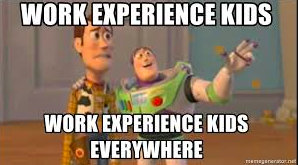
HAVE AN AWESOME WEEK!
-

Tungia te ururoa, kia tupu whakaritorito te tupu a te harakeke.
Set the flax bush alight and the new shoots will spring up.

